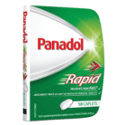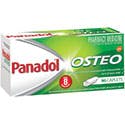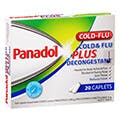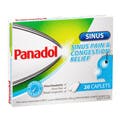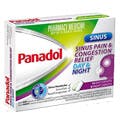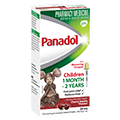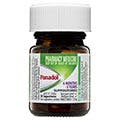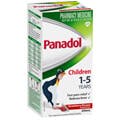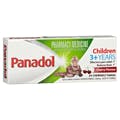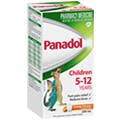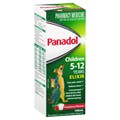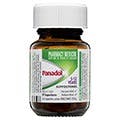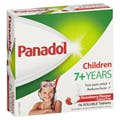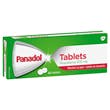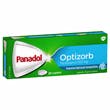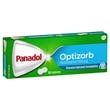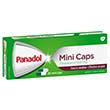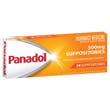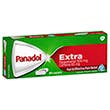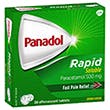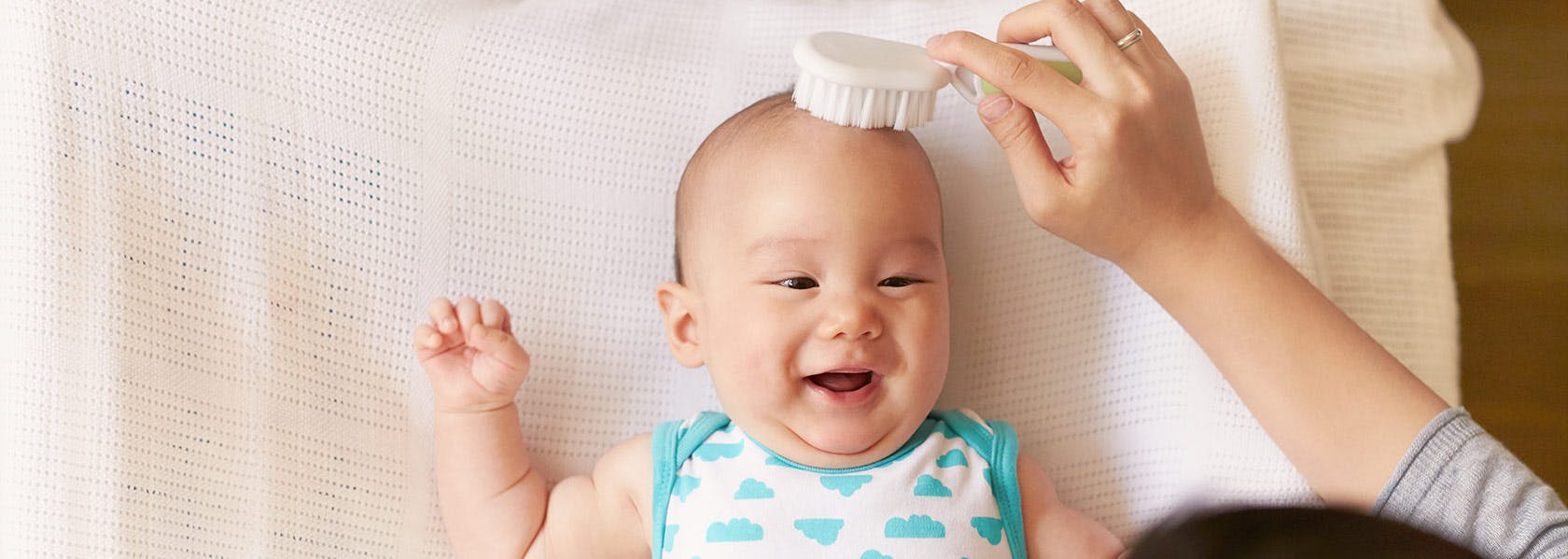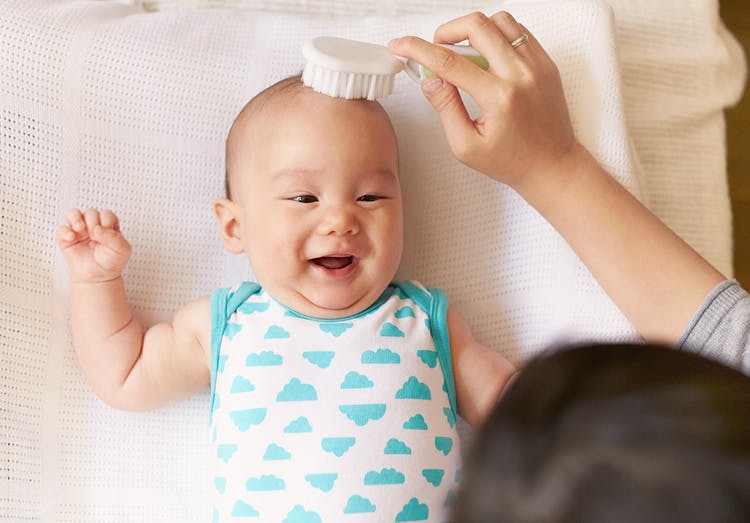

Colourfree Baby Drops 1-2 Months

Colourfree Suspension 1-5 Years

Chewable Tablets 3+

Suppositories 6 Months - 5 Years

Colourfree Suspension 5-12 Years

Elixir 5 - 12 Years

Suppositories 5-12 Years

Soluble 7+

Panadol Tablets

Panadol Caplets with Optizorb Formulation

Panadol Tablets with Optizorb Formulation

Panadol Gel Caps

Panadol Mini Caps

Panadol Suppositories

Panadol Back & Neck

Panadol Extra Caplets

Panadol Rapid Soluble

Panadol Rapid Caplets

Panado Rapid Handipak

Panadol Back & Neck Long Lasting

Panadol Osteo

Panadol Cold & Flu + Decongestant

Panadol Cold & Flu - Flu Strength (Day & Night)

Panadol Cold & Flu Relief + Cough

Panadol Cold & Flu MAX Hot Lemon
Compare Now (0/5)
- Product
- Format
- Age
- Key Features
- Ingredients

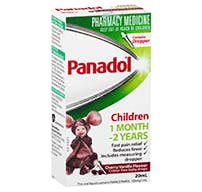
Colourfree Baby Drops 1-2 Months
- Concentrated Drops
- 1 Month - 2 Years
- Gentle on Tiny Tummies
- 500mg Paracetamol
- No gluten, lactose or sugar

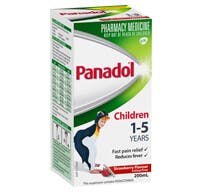
Colourfree Suspension 1-5 Years
- Suspension
- 1-5 Years
- Strawberry/Orange Flavour
- Active Ingredient: Paracetamol 24 mg/mL

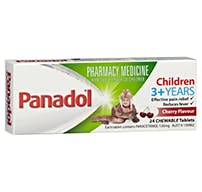
Chewable Tablets 3+
- Dissolvable Tablets
- 1-5 Years
- Perfect For Travel
- Active Ingredient: 120mg of Paracetamol per tablet


Suppositories 6 Months - 5 Years
- Suppositories
- 6 Months - 5 Years
- For vomiting
- Active ingredient: Paracetamol 125mg per suppository.

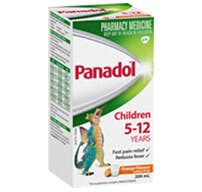
Colourfree Suspension 5-12 Years
- Suspension
- 5-12 Years
- Strawberry/Orange Flavour
- Active ingredient: Paracetamol 48 mg/mL

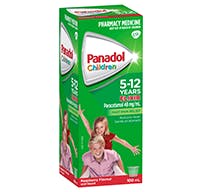
Elixir 5 - 12 Years
- Suspension
- 5-12 Years
- Fast & gentle relief
- Active ingredient: Paracetamol 48 mg/mL

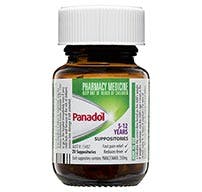
Suppositories 5-12 Years
- Suppositories
- 5-12 Years
- For vomiting
- Active ingredient: 250mg Paracetamol per suppository

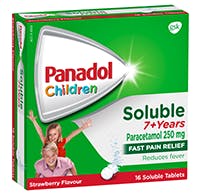
Soluble 7+
- Effervescent Tablets
- 7+ Years
- Absorbed quicker
- Active ingredient: Paracetamol

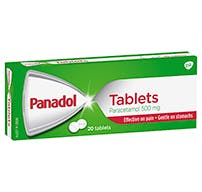
Panadol Tablets
- Tablets
- 12+ Years
- Basic Pain
- Active ingredient: 500mg Paracetamol

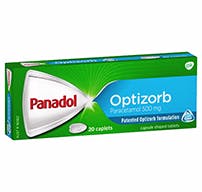
Panadol Caplets with Optizorb Formulation
- Caplets
- 12+ Years
- Quicker Absorbtion
- Active ingredient: 500mg Paracetamol

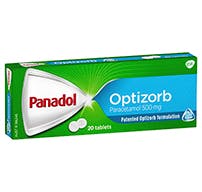
Panadol Tablets with Optizorb Formulation
- Tablets
- 12+ Years
- Quicker Absorbtion
- Active ingredient: 500mg Paracetamol

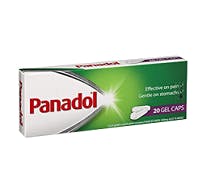
Panadol Gel Caps
- Caplets
- 12+ Years
- Easier to swallow
- Active ingredient: 500mg Paracetamol

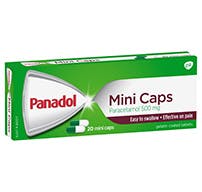
Panadol Mini Caps
- Caplets
- 12+ Years
- Easier to swallow
- Active ingredient: 500mg Paracetamol

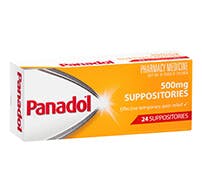
Panadol Suppositories
- Suppositories
- 12+ Years
- For vomiting
- Active ingredient: 500mg Paracetamol per suppository.

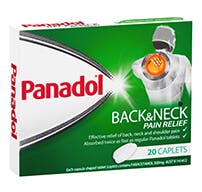
Panadol Back & Neck
- Caplets
- 12+ Years
- Fights Back Pain
- Active ingredient: 500mg Paracetamol

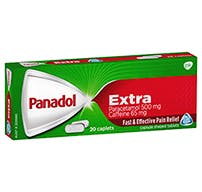
Panadol Extra Caplets
- Caplets
- 12+ Years
- Fight Tough Pai
- Active ingredient: 500mg Paracetamol , 65mg caffeine

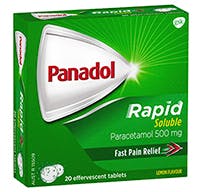
Panadol Rapid Soluble
- Dissolvable Tablets
- 12+ Years
- Absorbed 2x Faster
- Active ingredient: 500mg Paracetamol

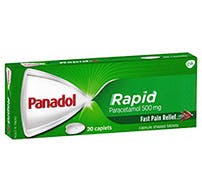
Panadol Rapid Caplets
- Caplets
- 12+ Years
- Absorbed 2x Faster
- Active ingredient: Paracetamol

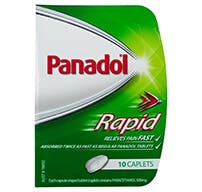
Panado Rapid Handipak
- Caplets
- 12+ Years
- Absorbed 2x Faster
- Active ingredient: 500mg Paracetamol


Panadol Back & Neck Long Lasting
- Caplets
- 12+ Years
- Up to 8 hours
- Active ingredient: 655mg Paracetamol

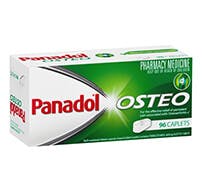
Panadol Osteo
- Tablets
- 12+ Years
- Up to 8 hours
- Active ingredient: 665mg Paracetamol

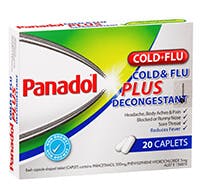
Panadol Cold & Flu + Decongestant
- Caplets
- 12+ Years
- With Decongestant
- 500mg Paracetamol


Panadol Cold & Flu - Flu Strength (Day & Night)
- Caplets
- 12+ Years
- Day & Night Relief
- 500mg Paracetamol


Panadol Cold & Flu Relief + Cough
- Caplets
- 12+ Years
- Cough Relief
- 500mg Paracetamol
Minimise
Introducing Solid Food To Baby's Aged 6-9 Months
At around the age of 6 months, baby needs solid foods in addition to their milk feeds. If you’re breastfeeding, it is recommended to continue breastfeeding for as long as possible while introducing solids, as breastmilk provides a protective factor against baby having allergic responses to new foods.



When starting your baby on solids, cook as much as you can yourself, rather than resorting to commercial baby foods.

.png?auto=format)
How to start
- Start by offering solids once a day after the breast or bottle feed.
- You could start with a teaspoon of iron-fortified rice cereal mixed with a little breastmilk, formula or cool boiled water to a thick paste-like consistency. If it’s too thin, baby will try to suck it rather than chew.
- Other popular first foods include pureed apple, ripe mashed banana, cooked mashed sweet potato or pumpkin, tofu or avocado.
- Feed your baby with a soft, round edged plastic teaspoon.
- Use a plastic feeding bib to catch the spills.
- There is no need to wait a few days before introducing a new food – go at baby’s pace.
How often
Week 1: Once a day, after the mid-morning feed.
Week 2: Twice a day, morning and afternoon, after a milk feed.
Week 3: Gradually build up to a ¼–½ a cup of food at each meal as baby demands.
By 8–9 months: When baby shows a preference for solid food over milk, offer the solids before the milk feed. By this time they are usually having 3 solid meals a day.
By around 9 months: baby will be having ½–1 cup of solid food plus finger food at each meal, as well as finger food at morning and afternoon snack time. The amount they will eat at a meal will vary from day to day, depending on how hungry they are.
By 12 months: baby will be having 3 meals a day of family food.
What food to give baby
- Start with iron rich foods, such as iron fortified baby rice cereal, tofu, fruit and vegetables.
- Small amounts of cows’ milk can be used to mix and moisten baby’s foods from 6 months onwards (but not given to baby to drink until the age of 12 months).
- As soon as baby takes to solids, offer a wide variety of blended or fork mashed foods, including fruit, yoghurt and custard and cooked vegetables, meat, chicken, fish, egg and legumes.
- Once baby tolerates a range of soft, smooth foods, offer roughly mashed or finely cut up foods instead. This helps baby learn about the different textures of food.
- It is recommended that you introduce the range of family foods they are likely to encounter at mealtimes before the age of 18 months, as they are more likely to tolerate them at this age.
Cooking for your baby
When starting your baby on solids, cook as much as you can yourself, rather than resorting to commercial baby foods. Keep these for picnics, travel and emergencies. This way your baby will have a variety of textures and tastes.
Cooking fruit: Peel, remove the core and seeds, chop, then steam or microwave until soft. Fork mash, or blend if your baby is just starting on solids.
Cooking vegetables: Wash, peel if necessary, chop and steam or microwave until tender. Mash with a fork or potato masher.
Tips on cooking
- Never add salt, sugar or honey– your baby doesn’t need the extra taste and it’s not good for their health.
- If heating food in the microwave, make sure you mix it thoroughly before giving to your baby, as microwaves heat unevenly.
- You may wish to cook a large quantity and then freeze in small plastic containers with lids (a meal size quantity in each) or in ice cube trays. Some foods, such as potato, freeze better when mixed with other vegetables.
- If you want to use food you have frozen, plan ahead so you can take the food out of the freezer the night before and place it in the refrigerator to thaw.












